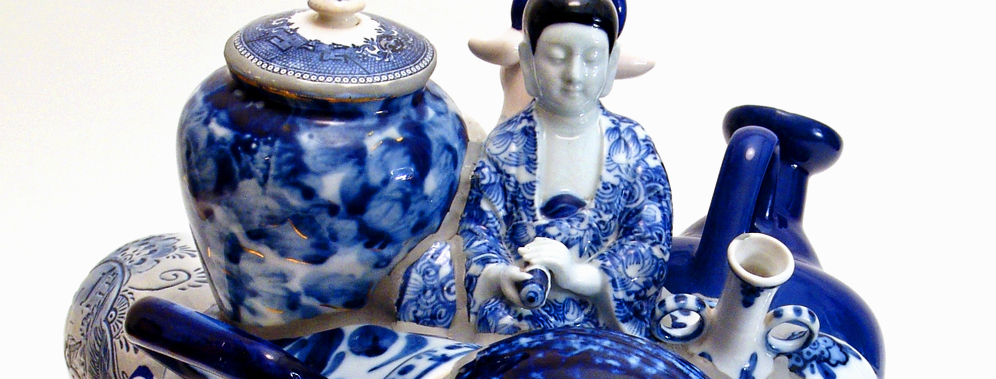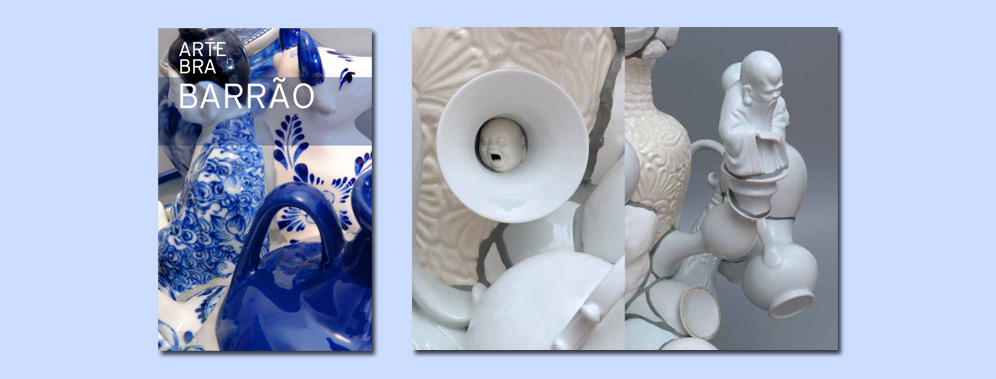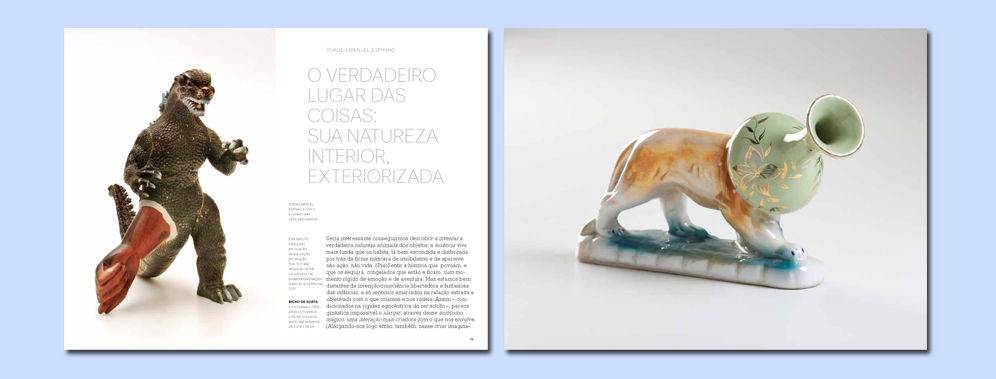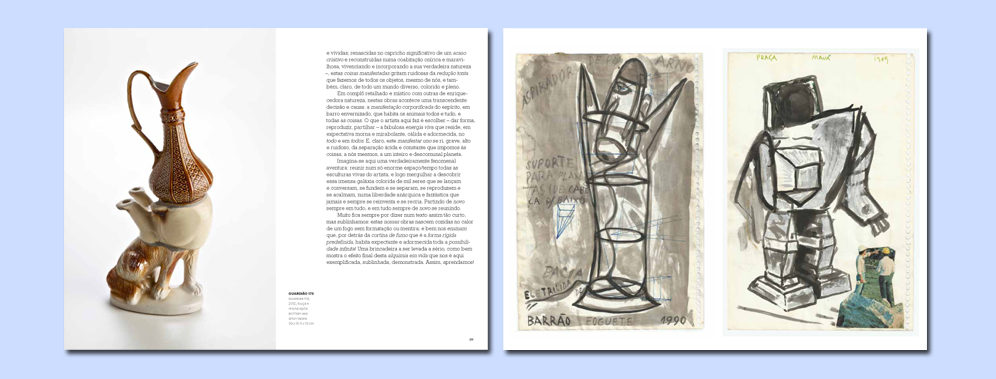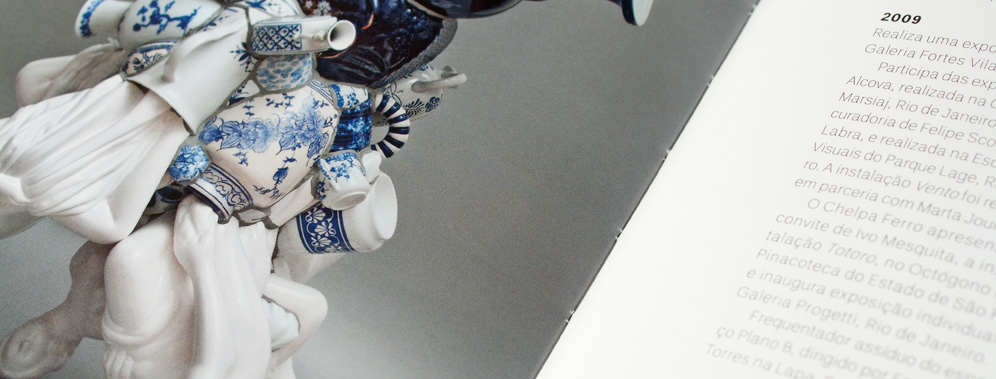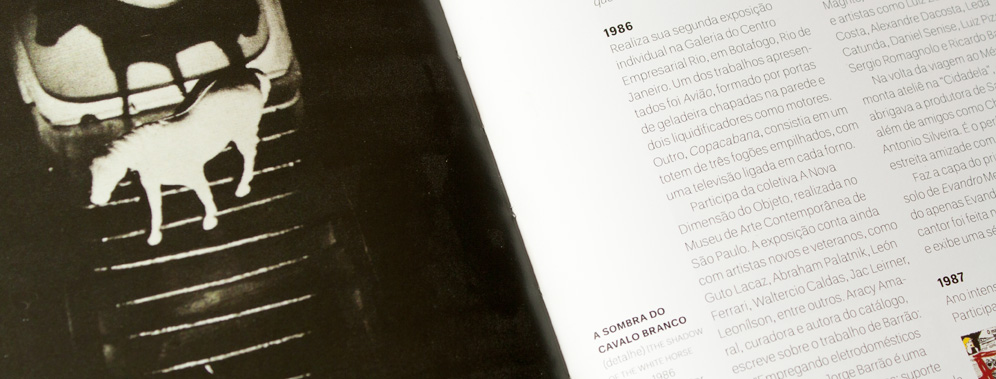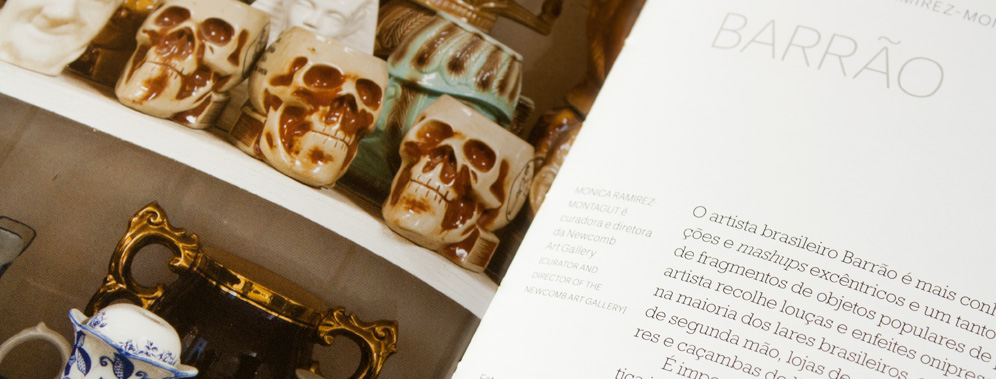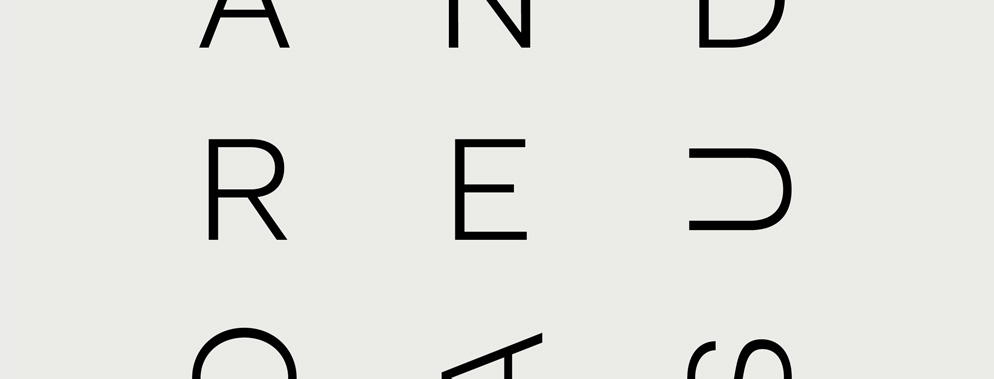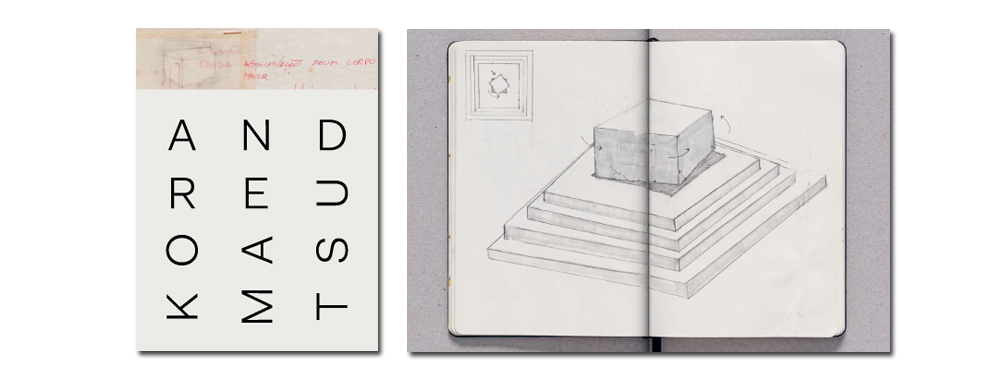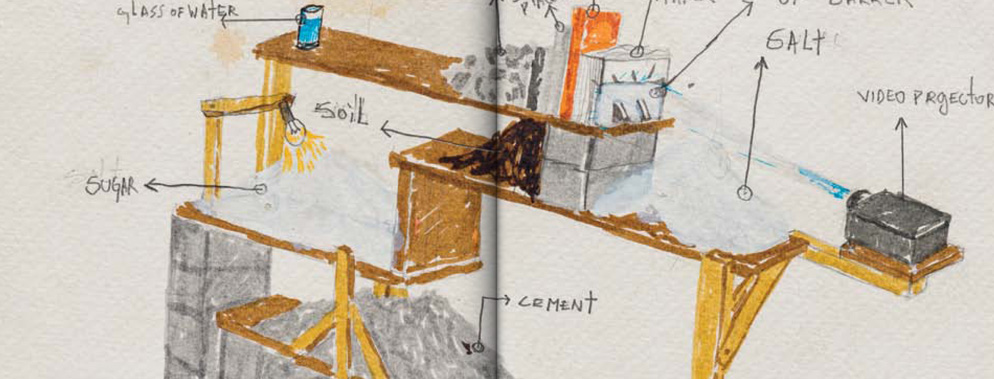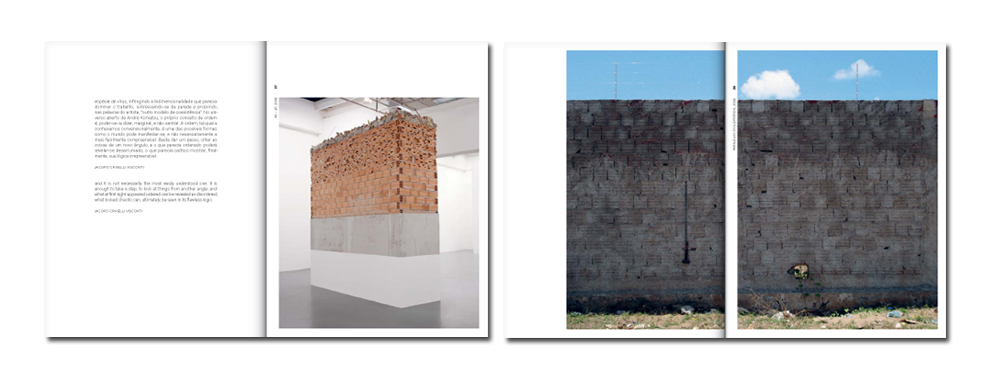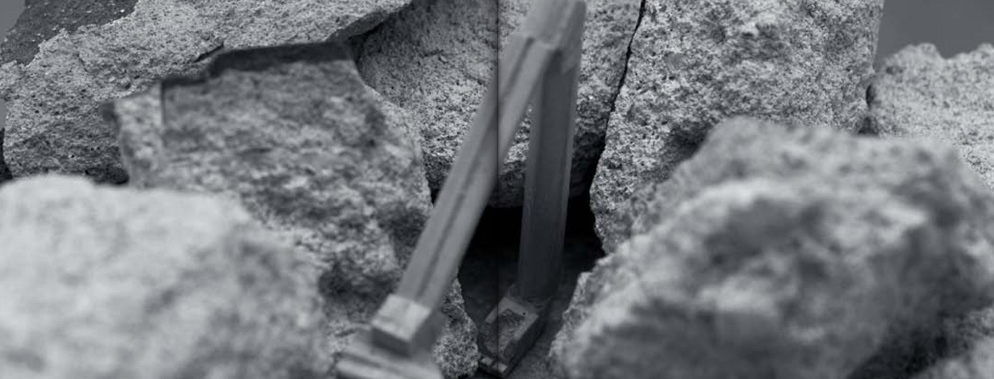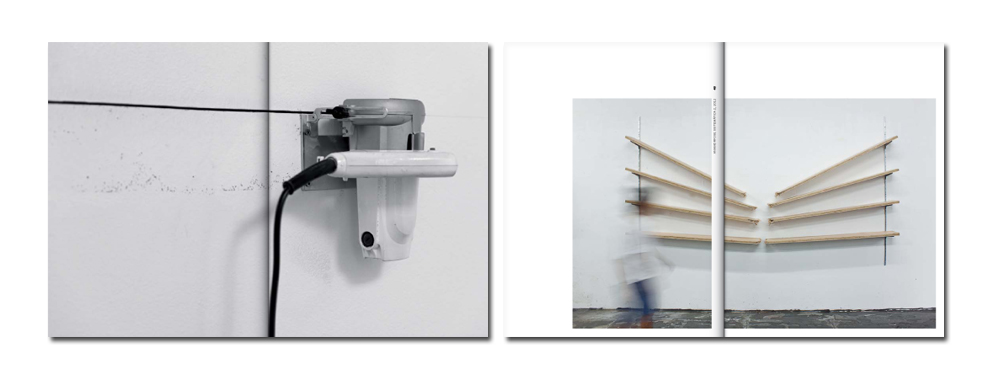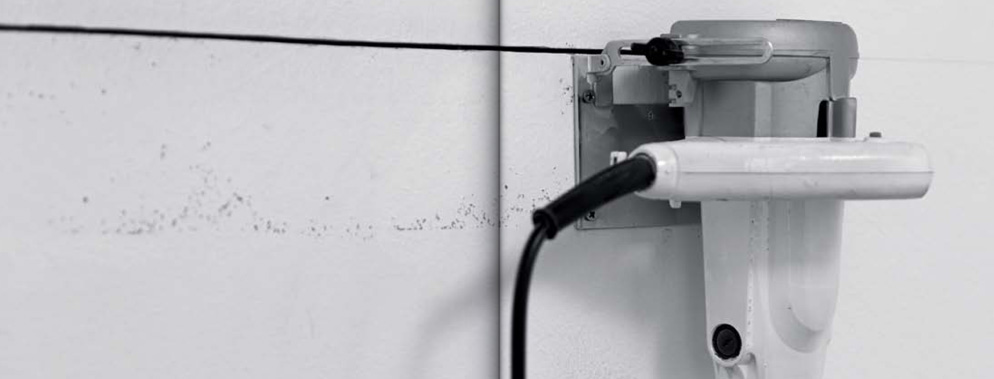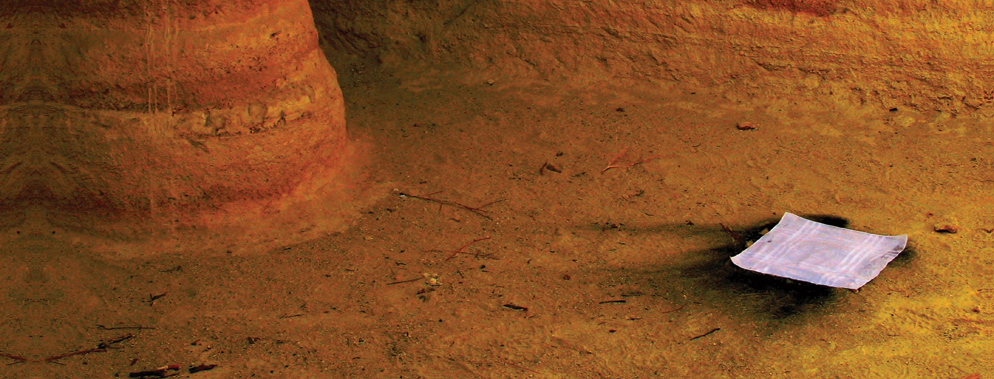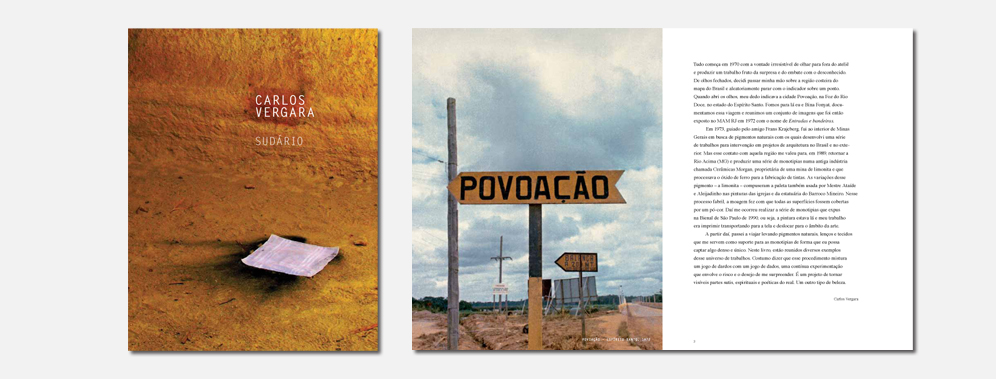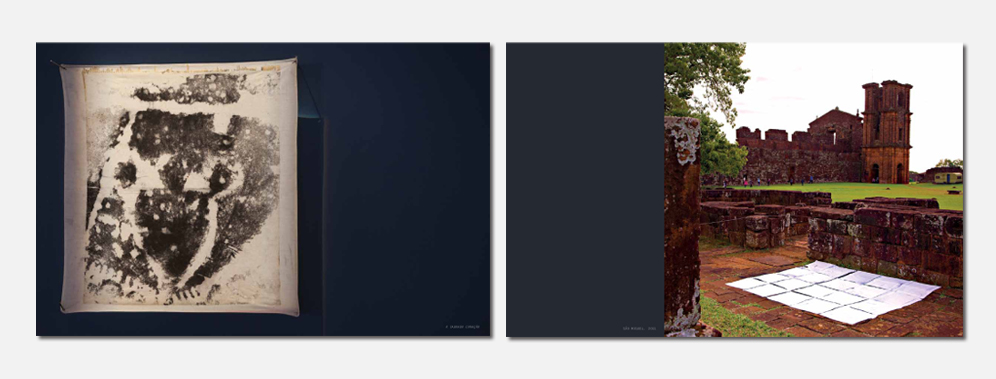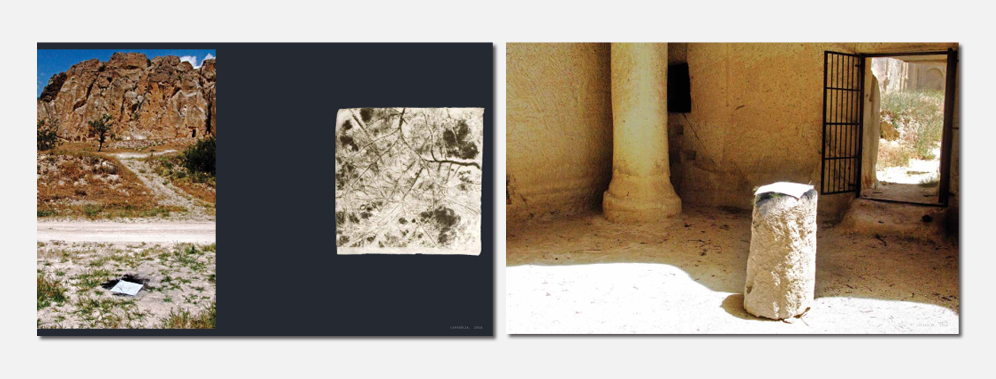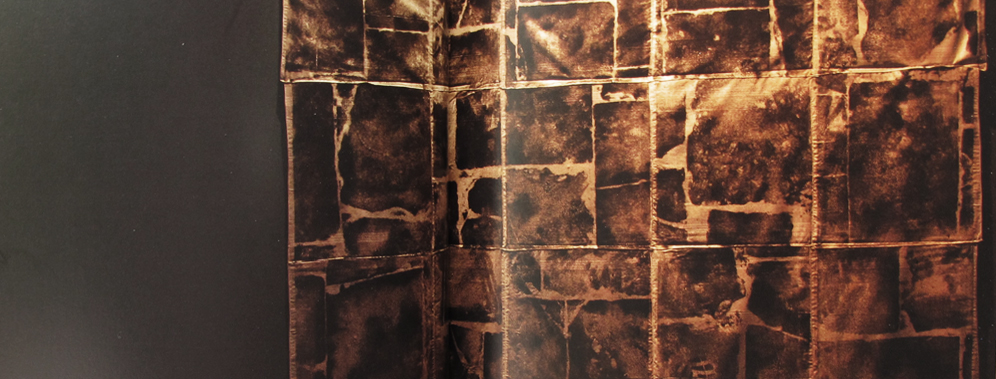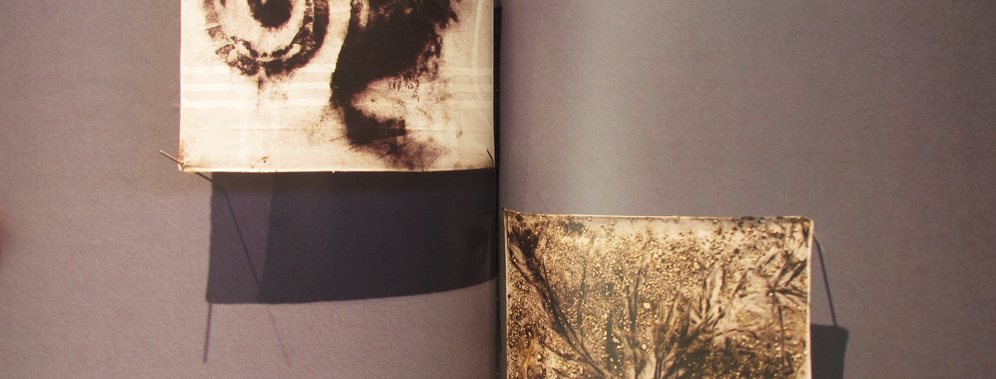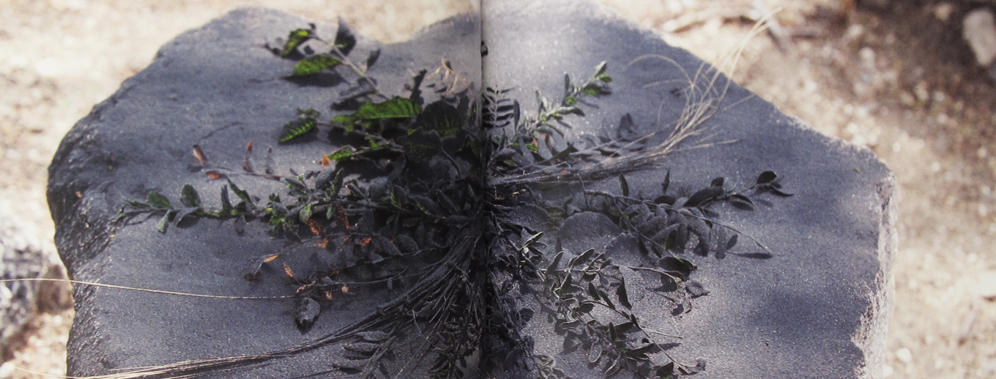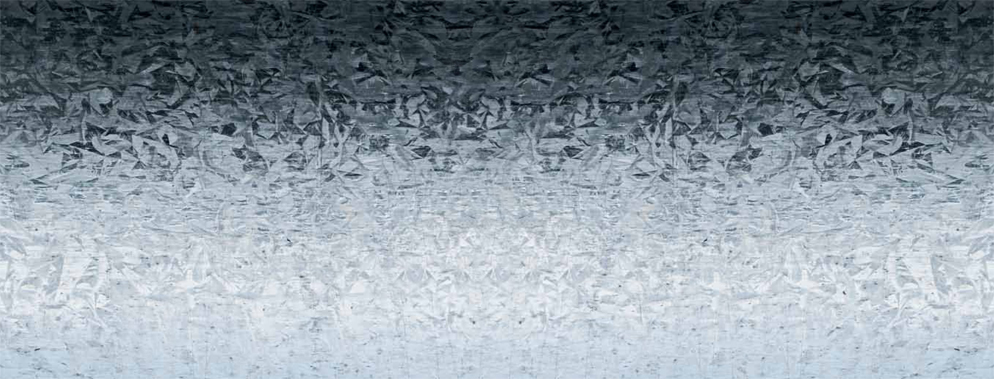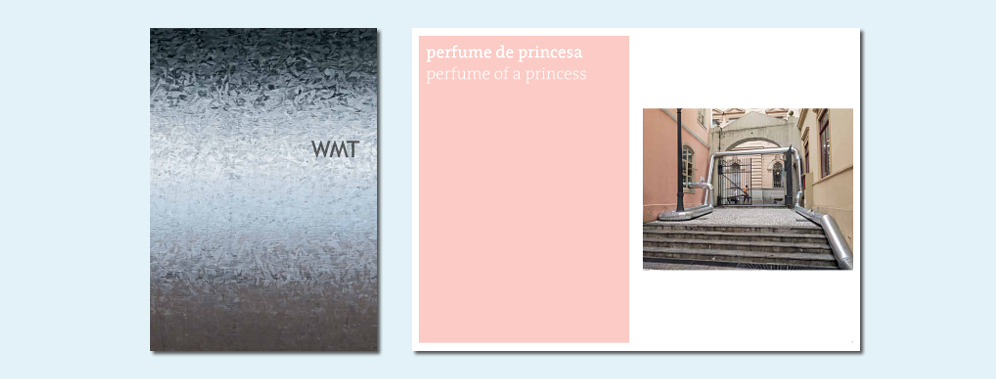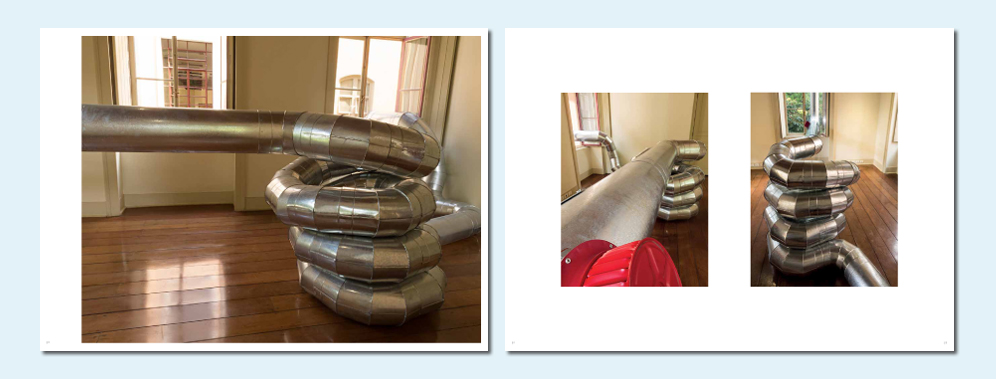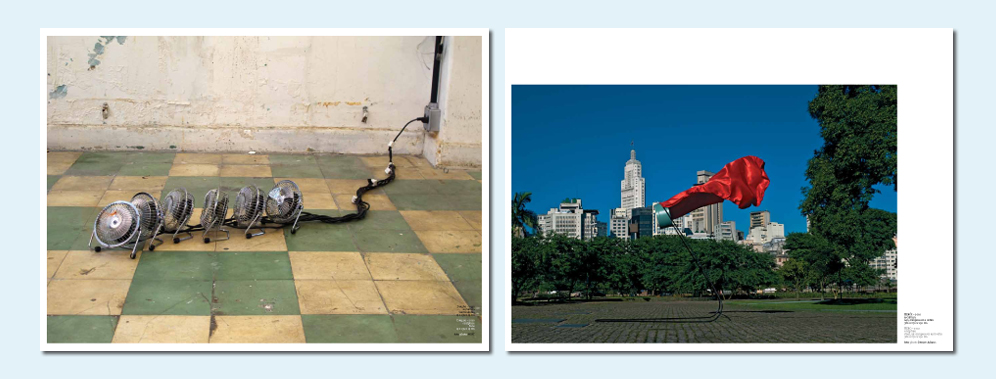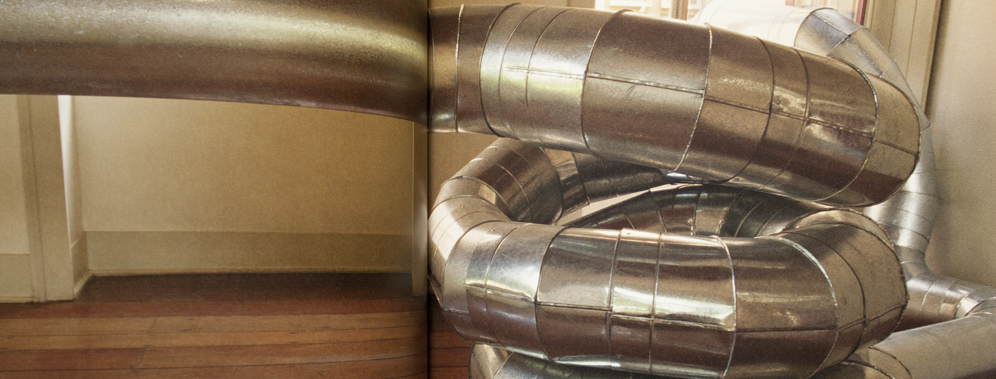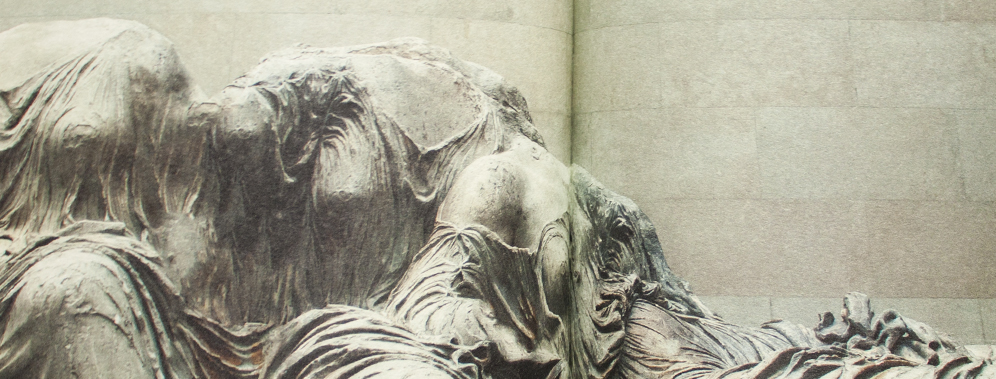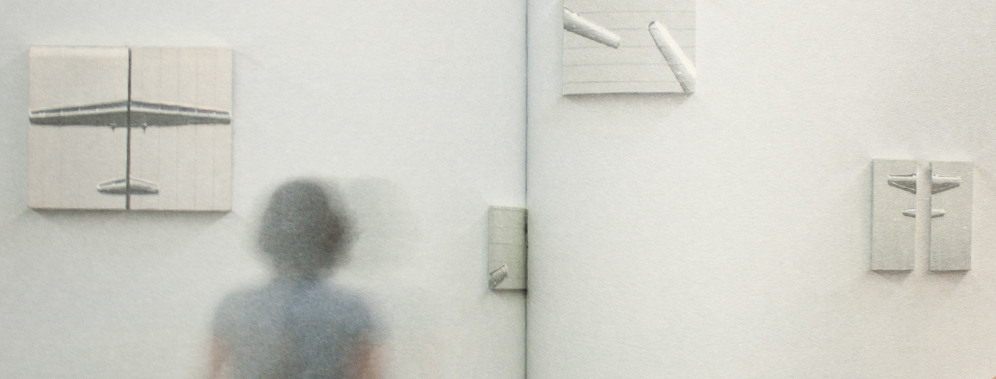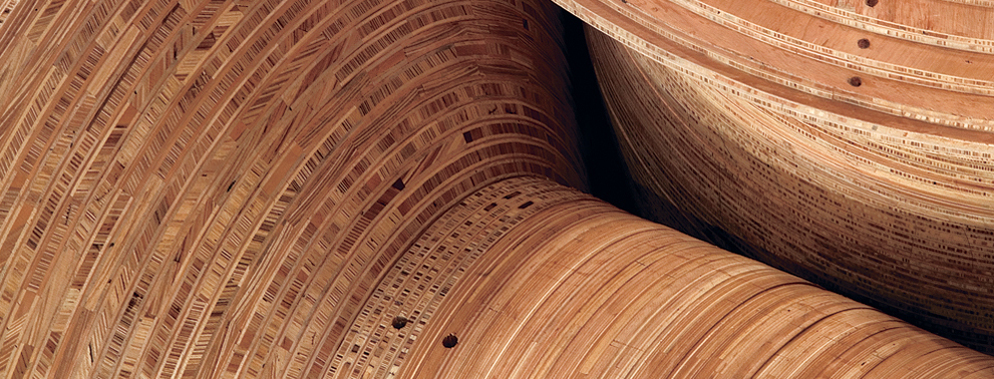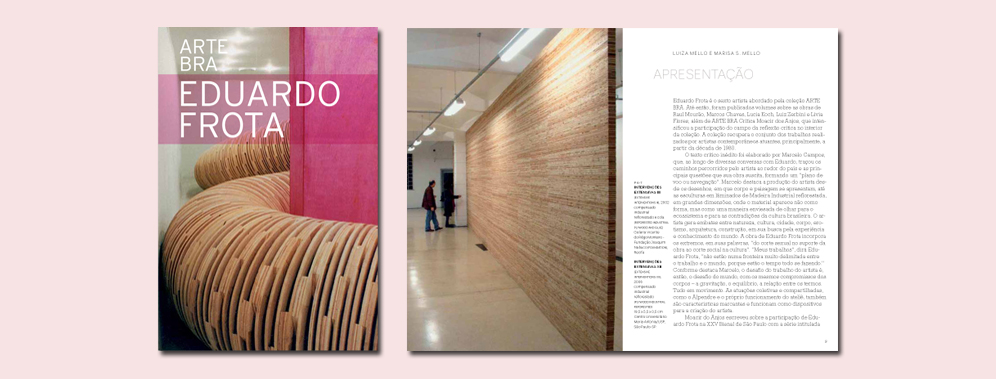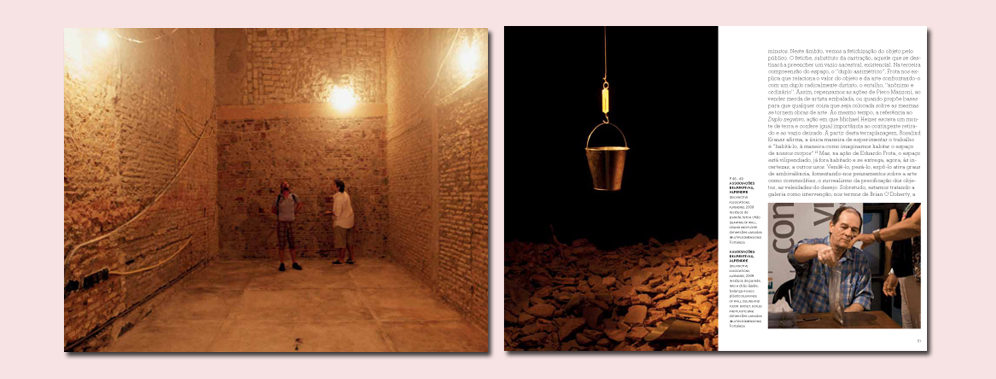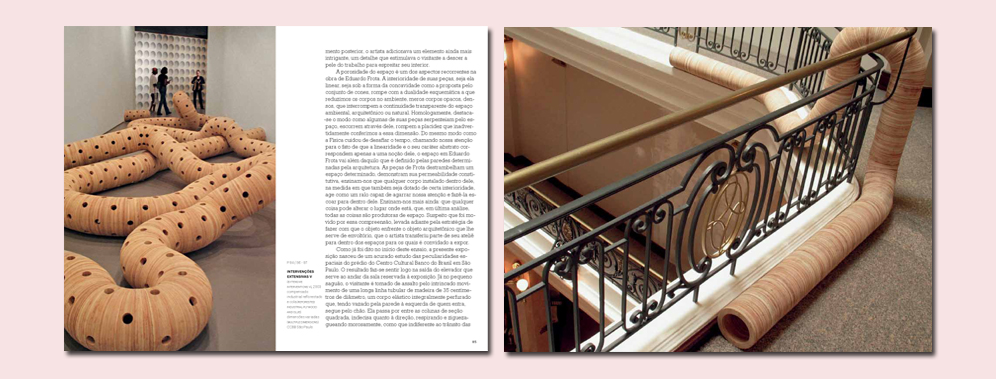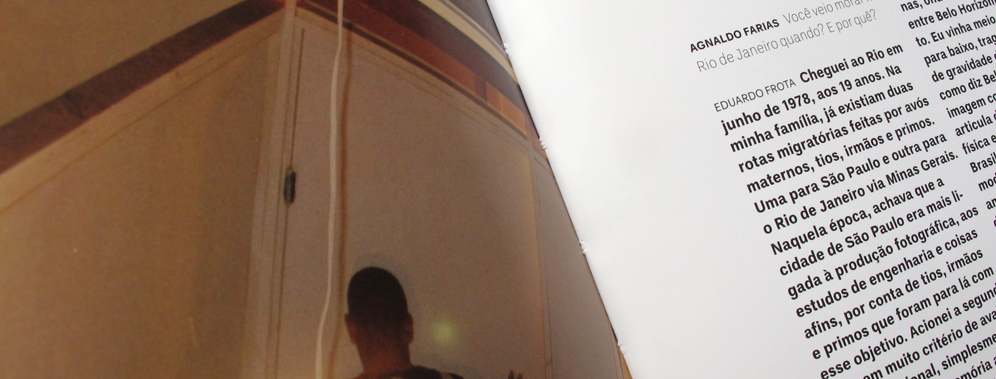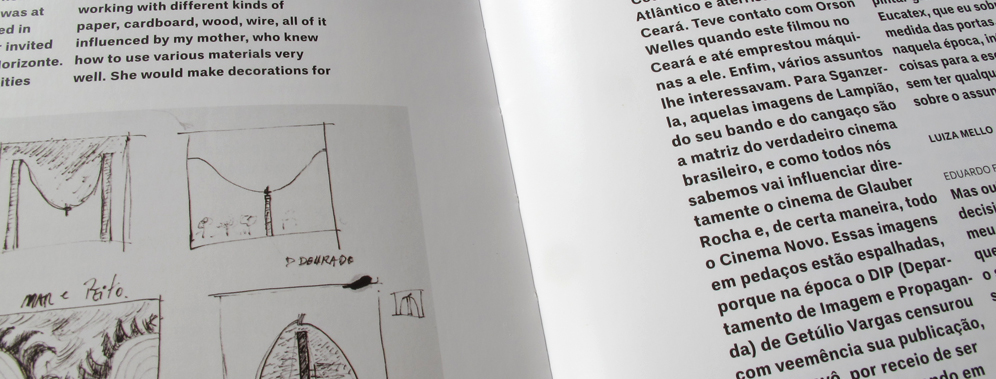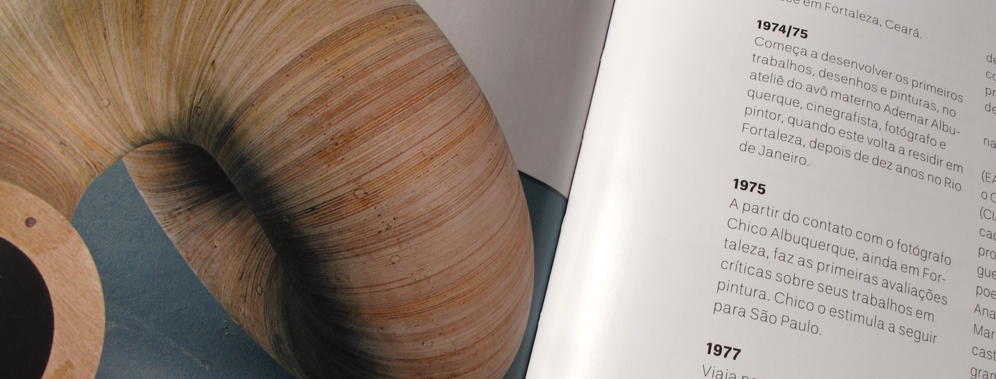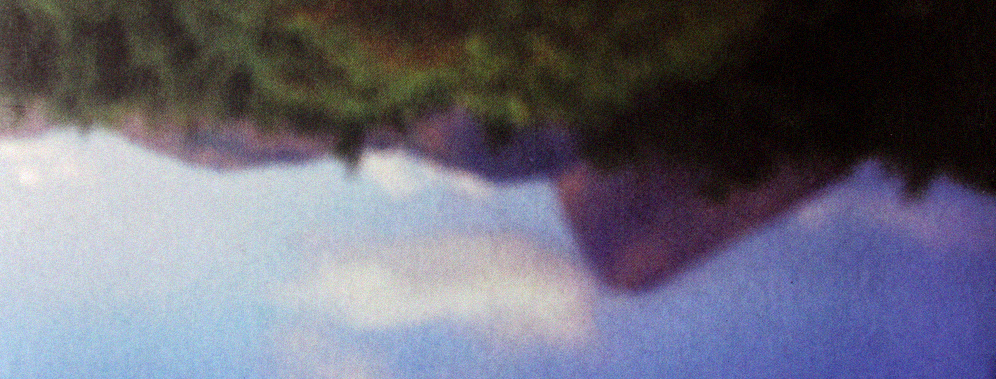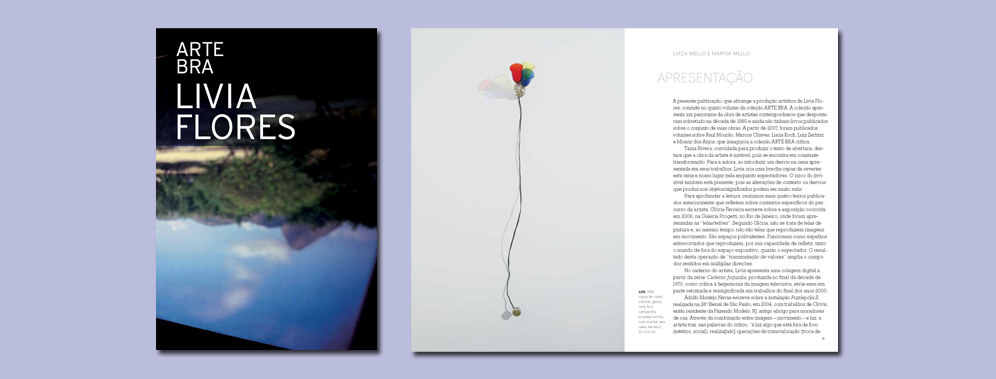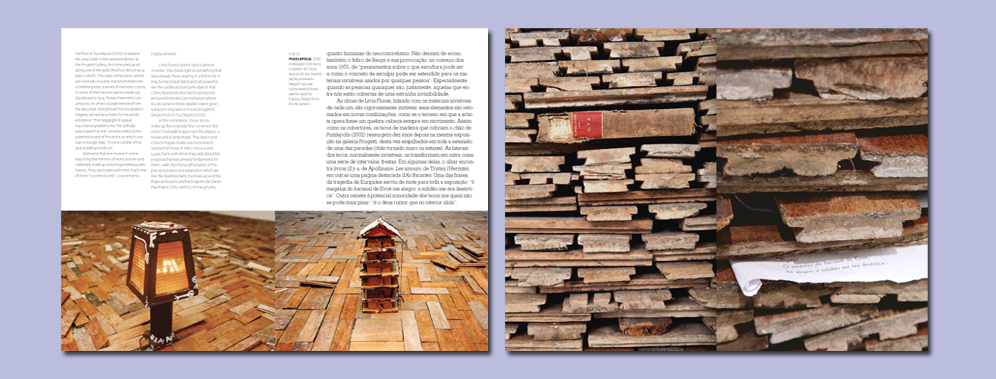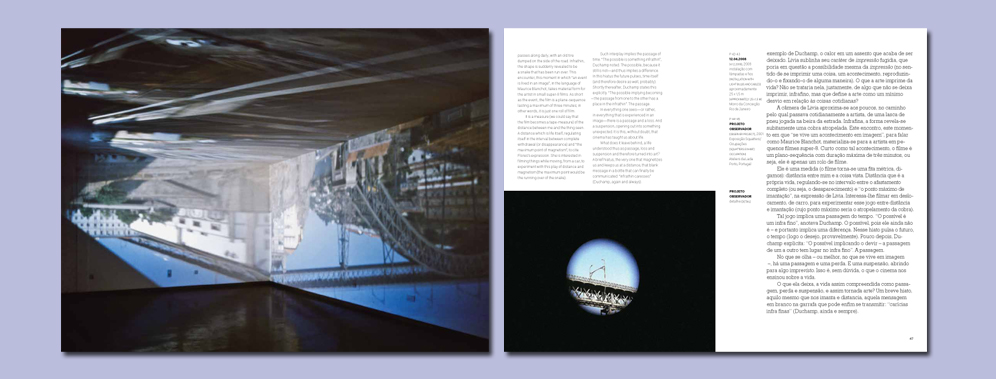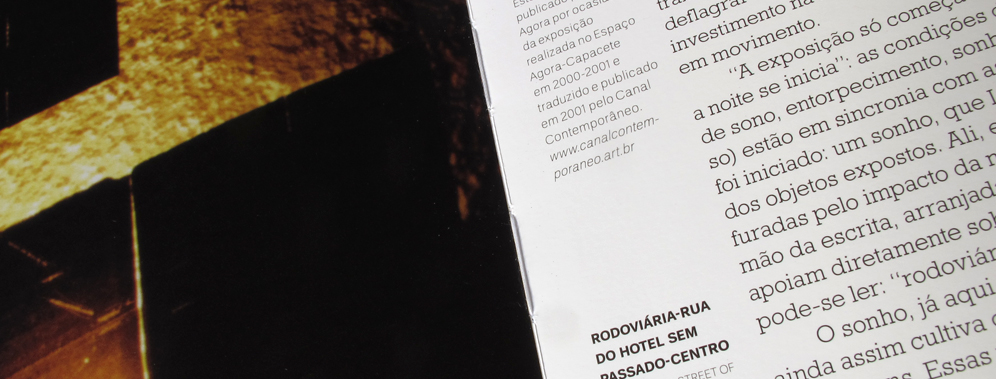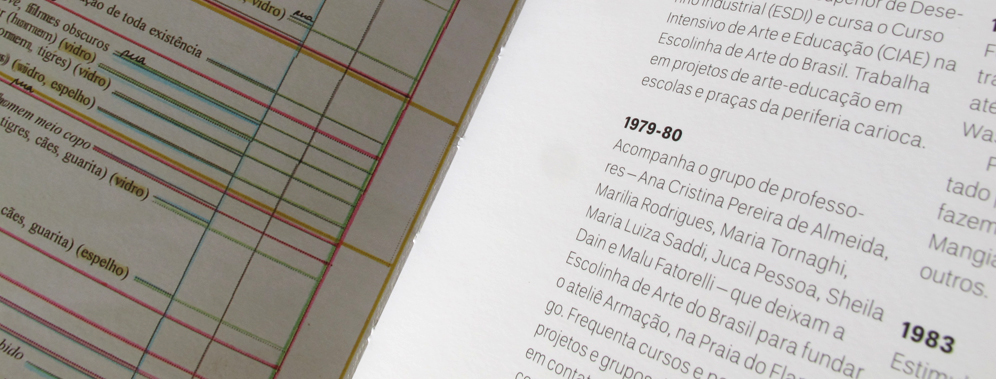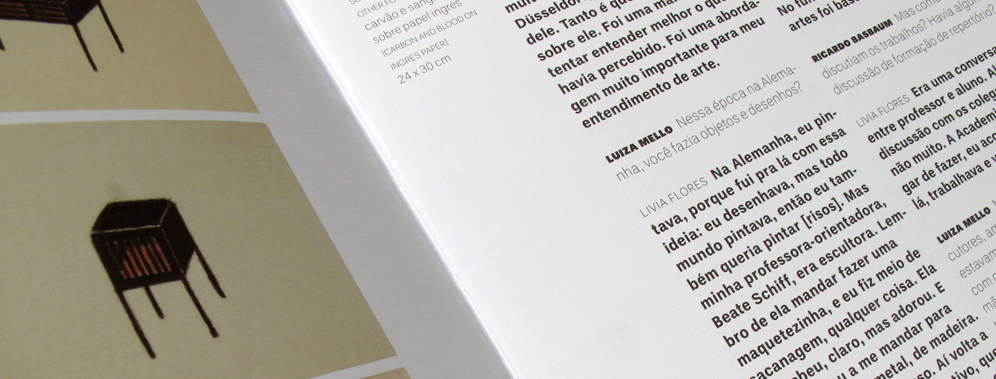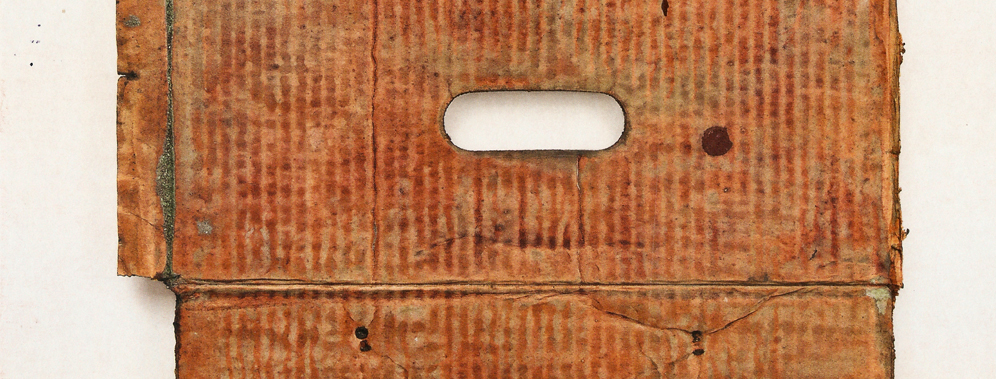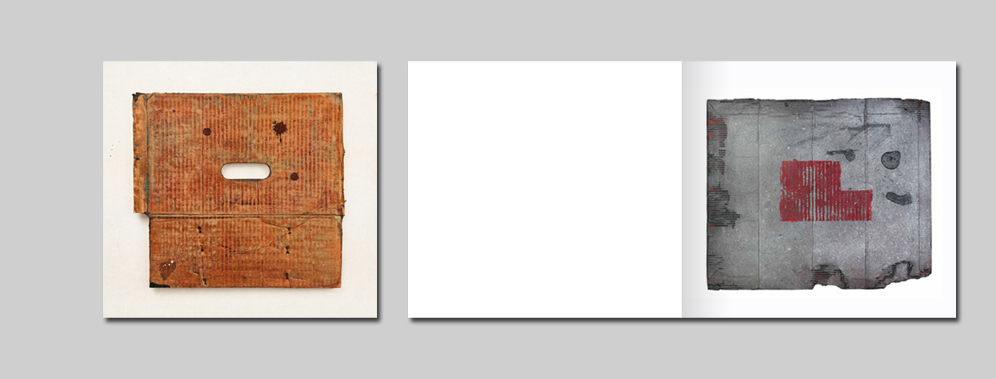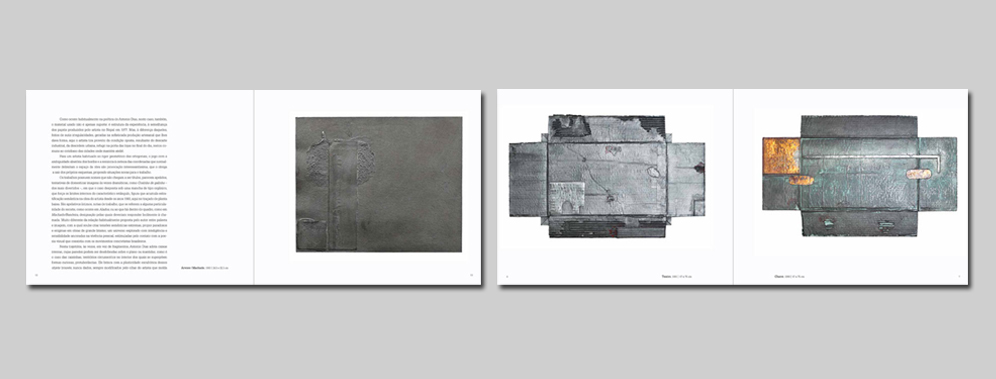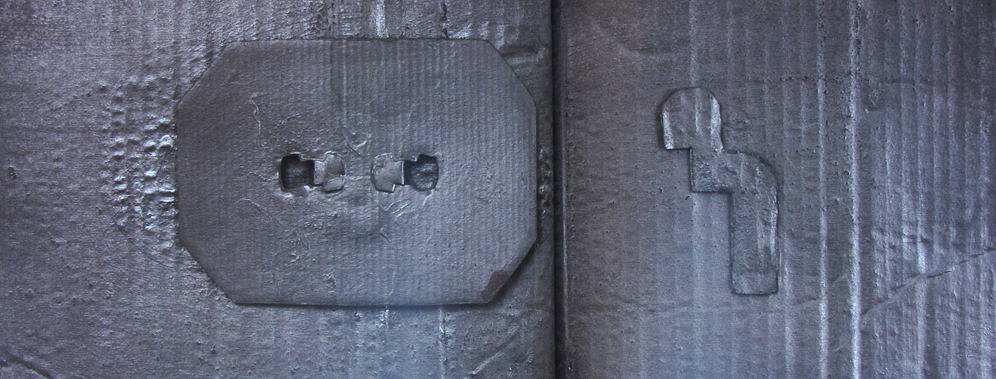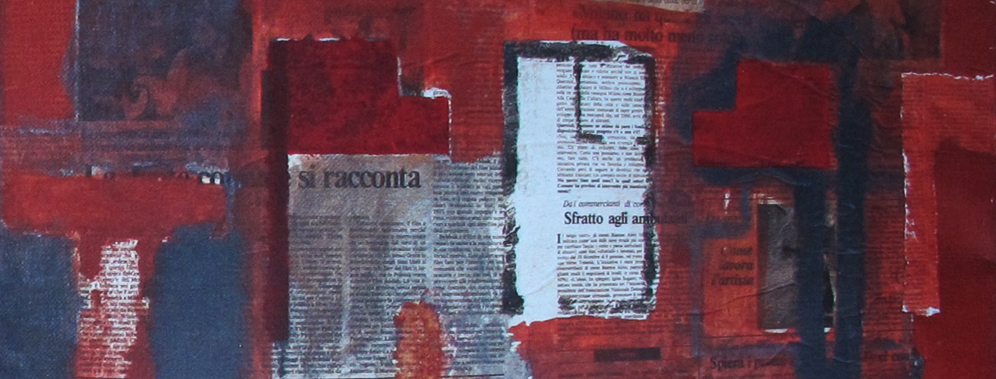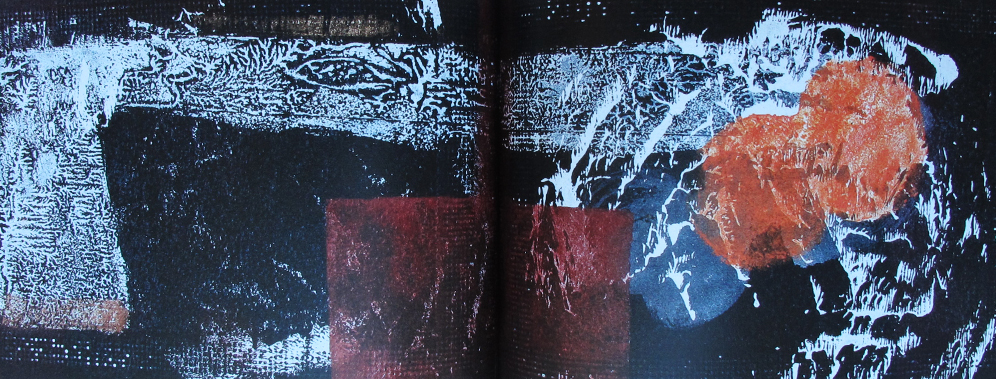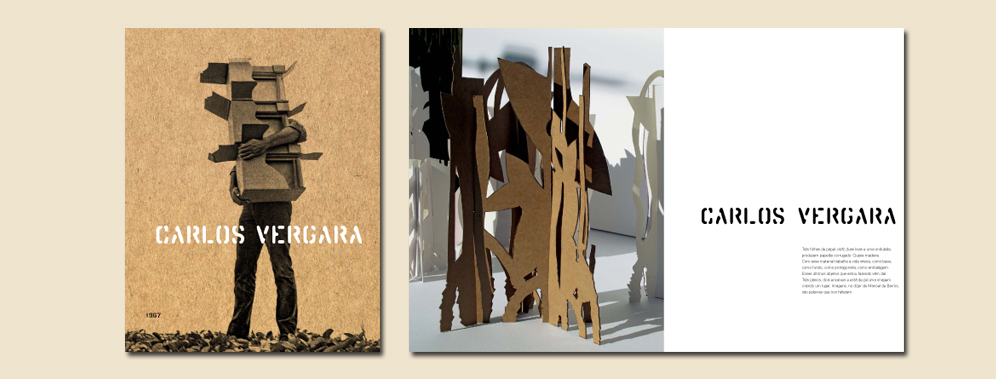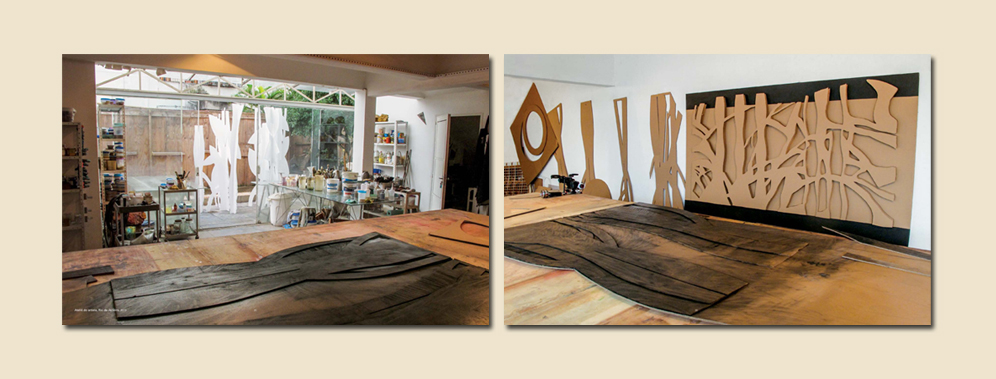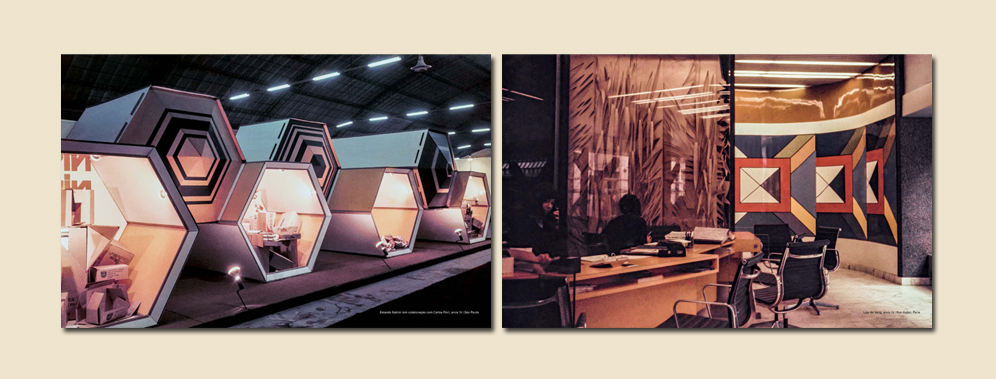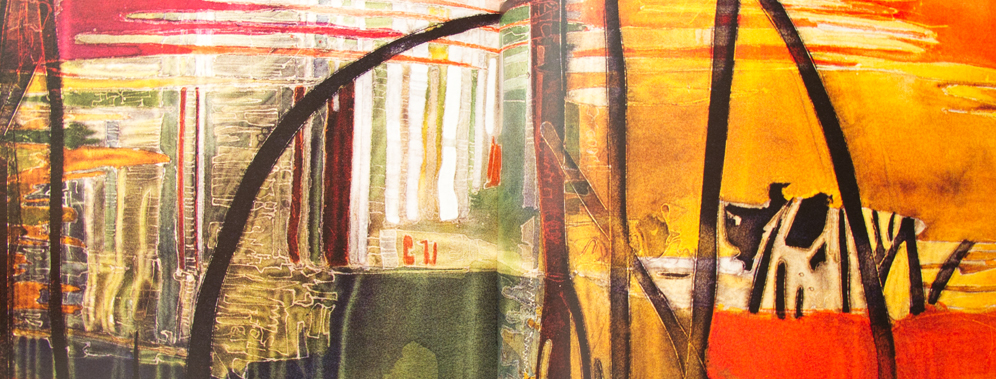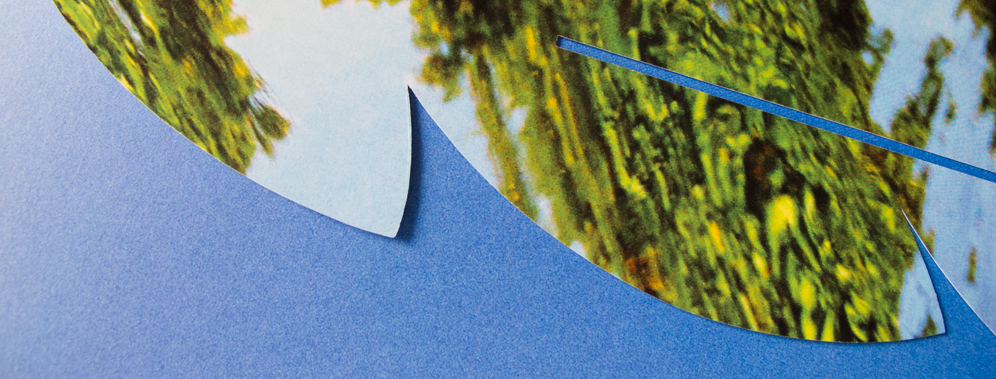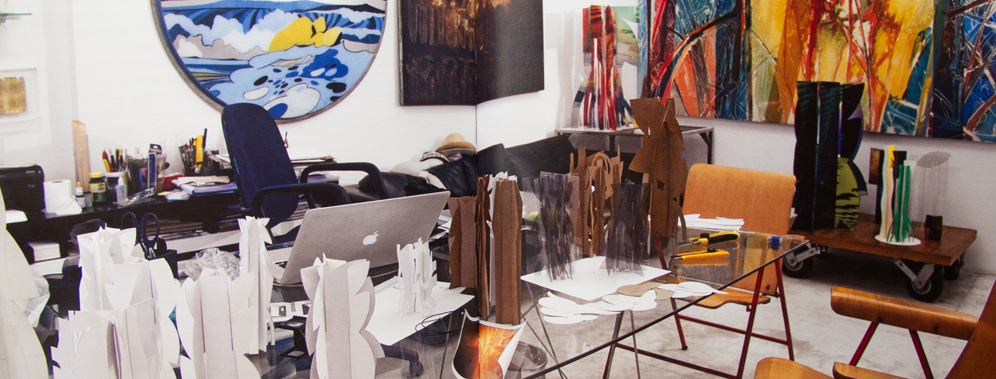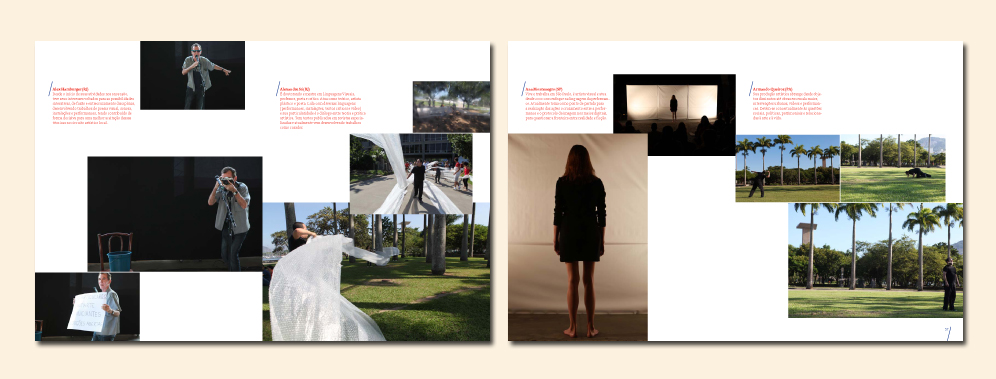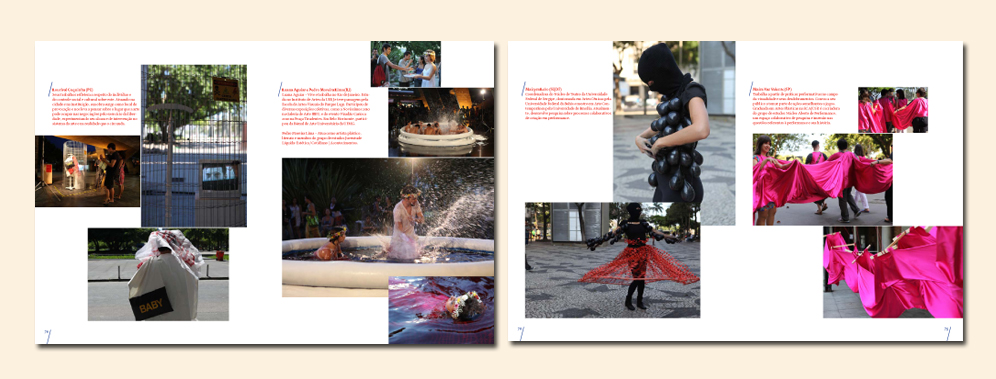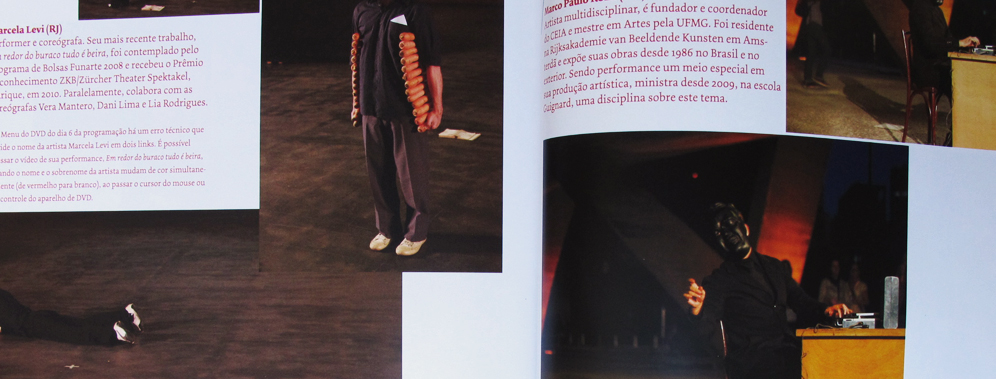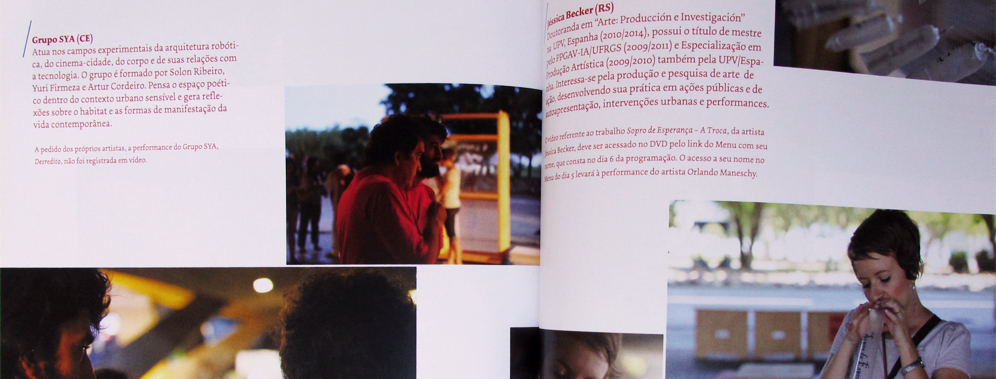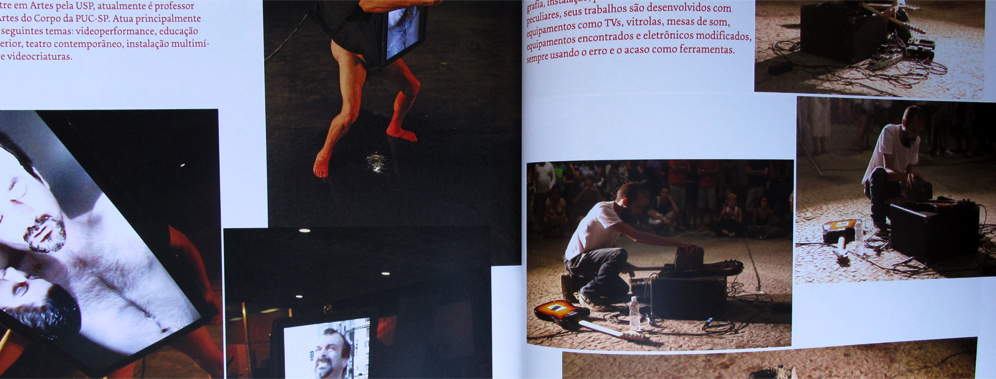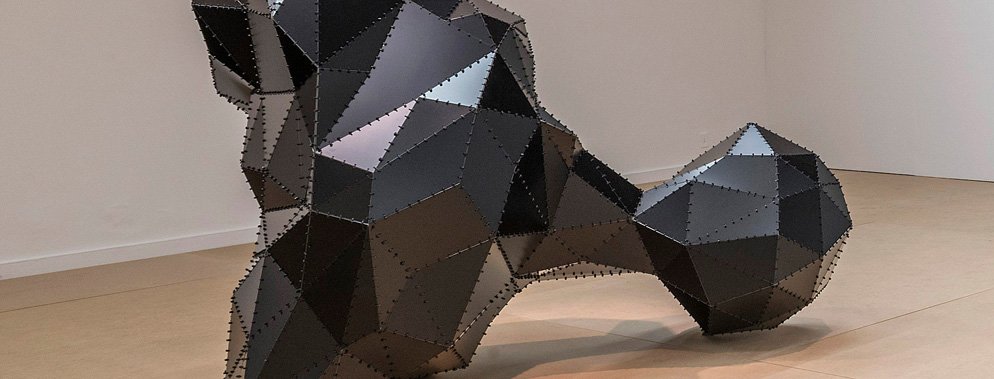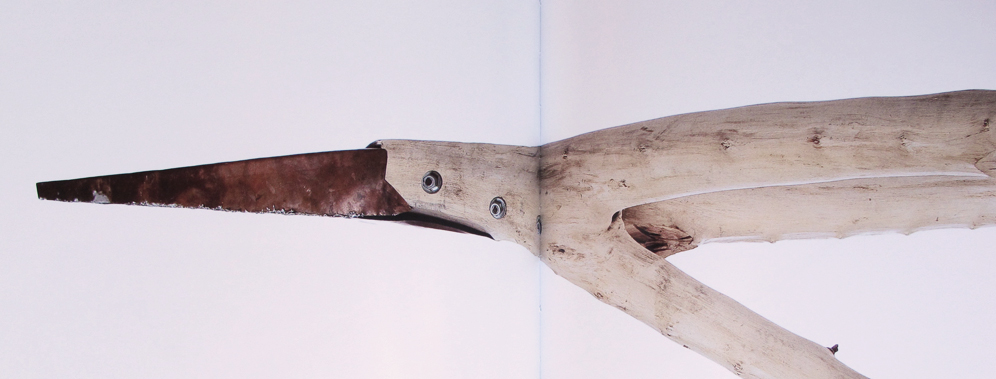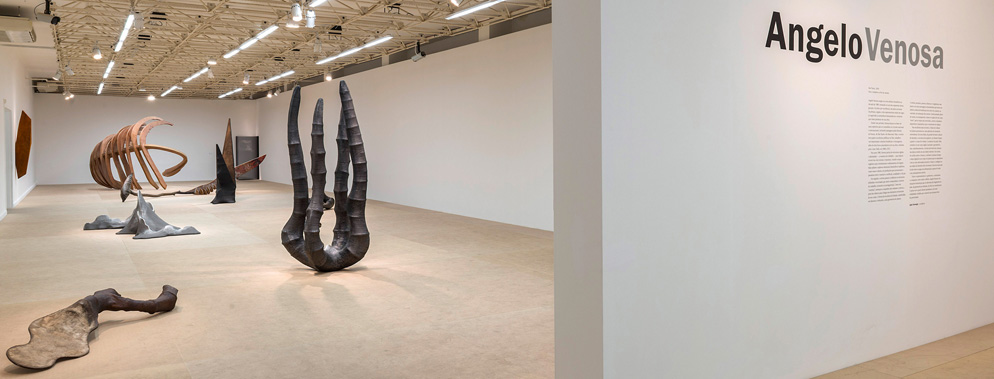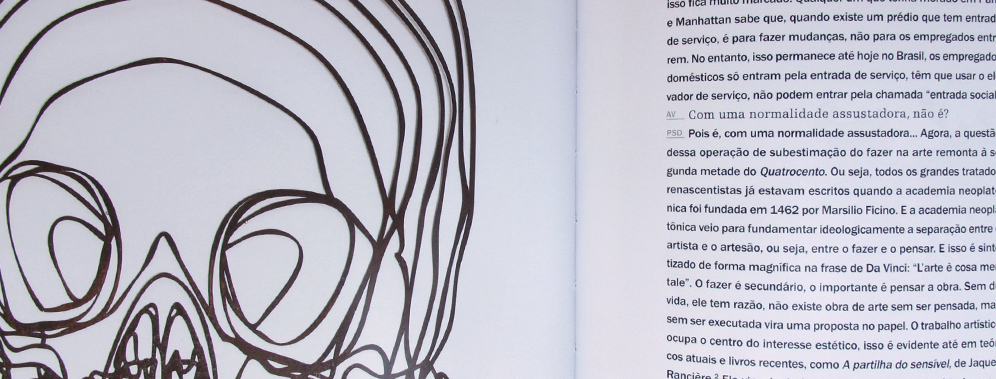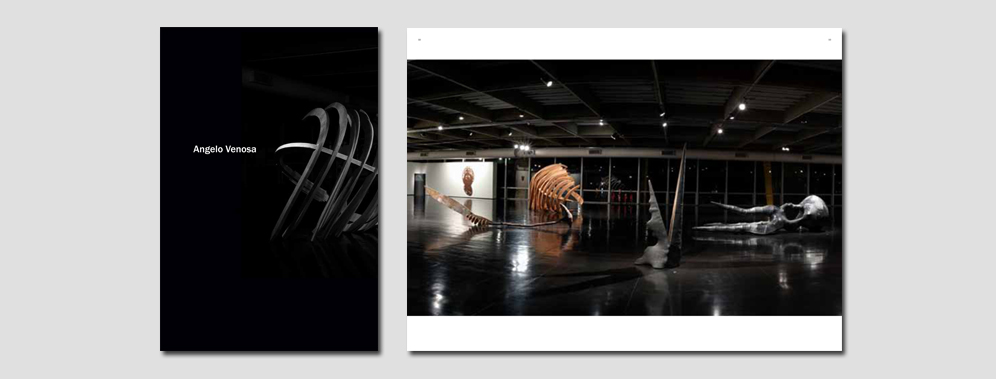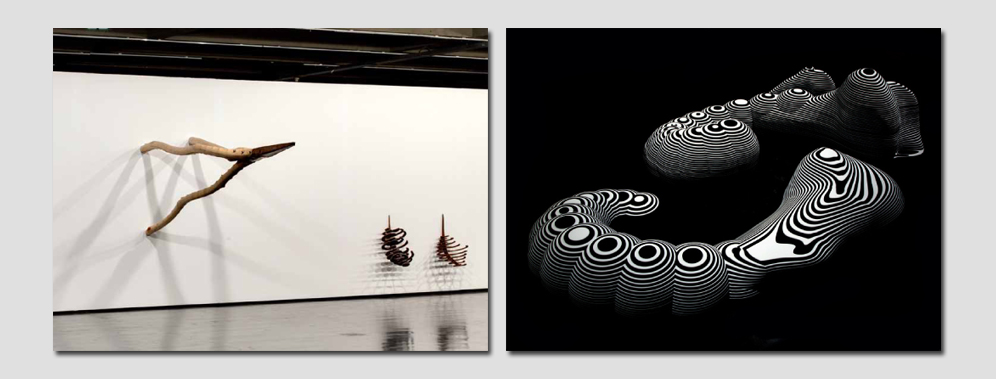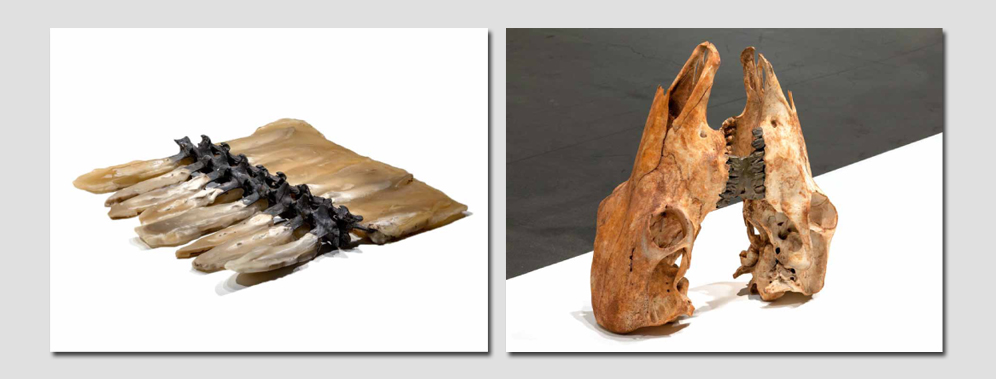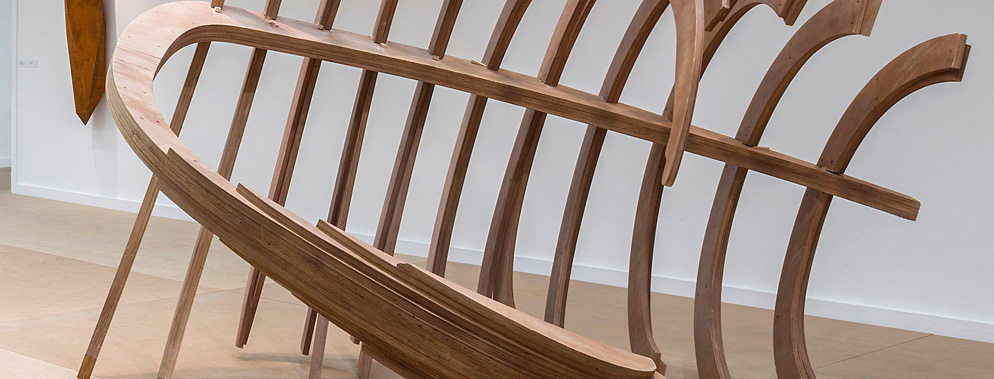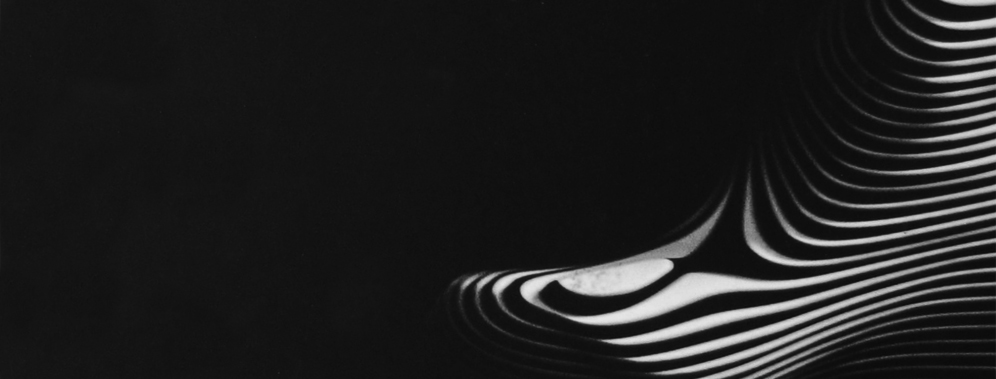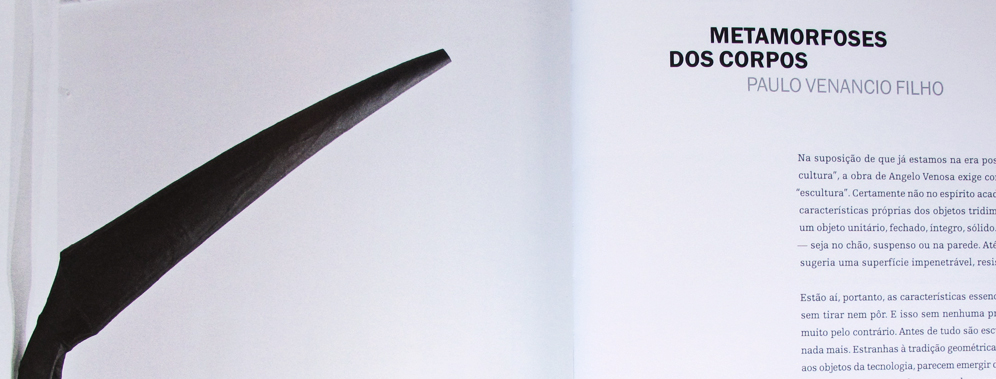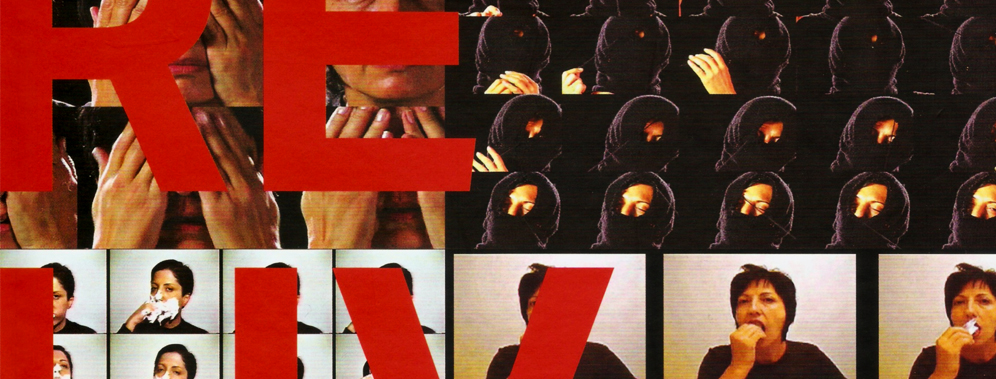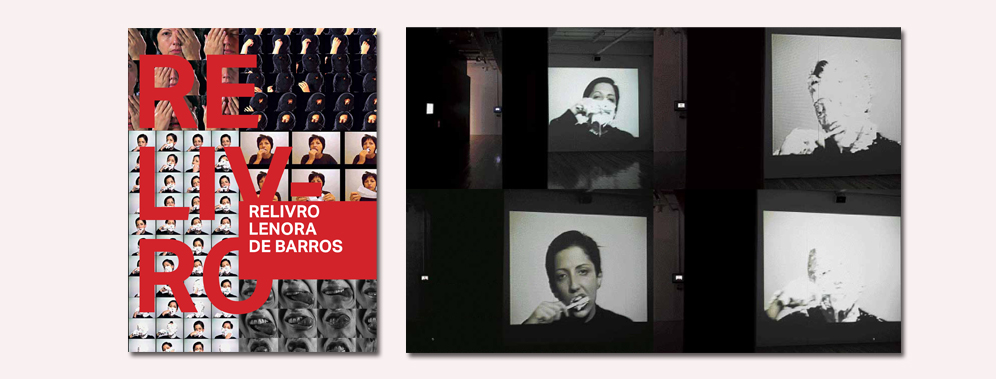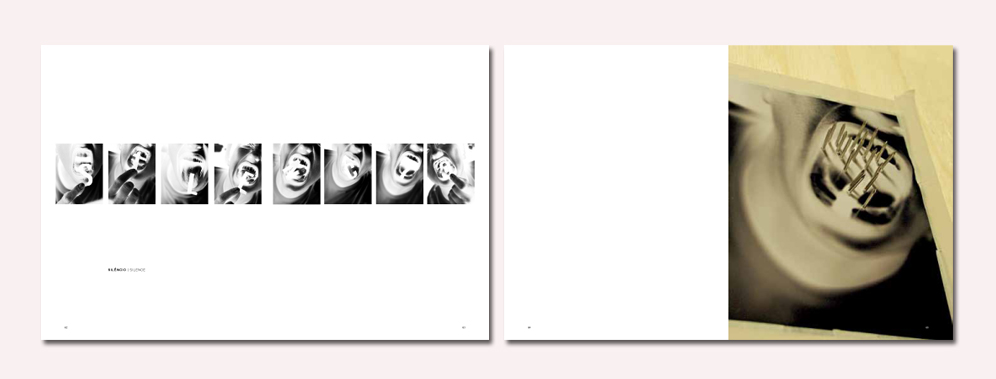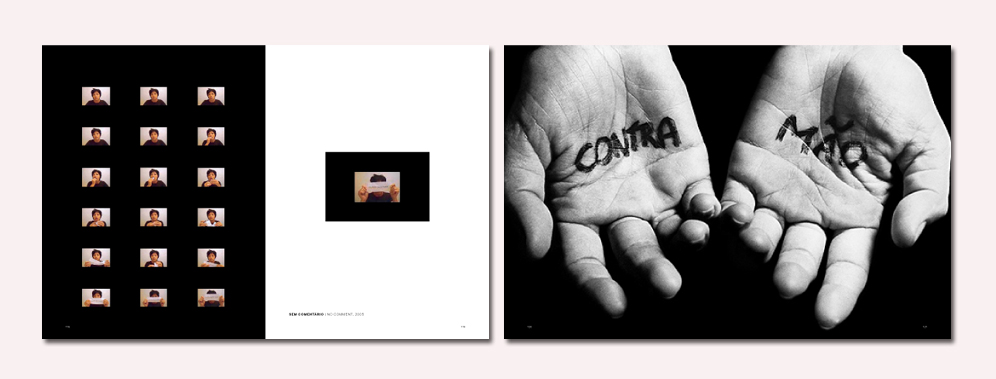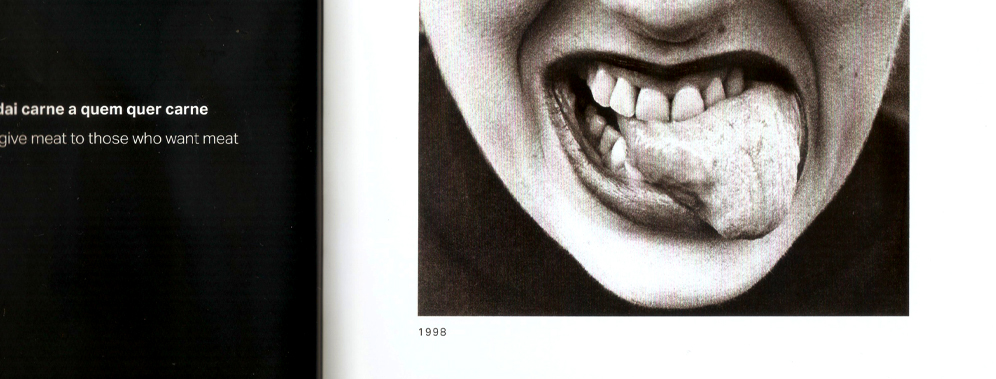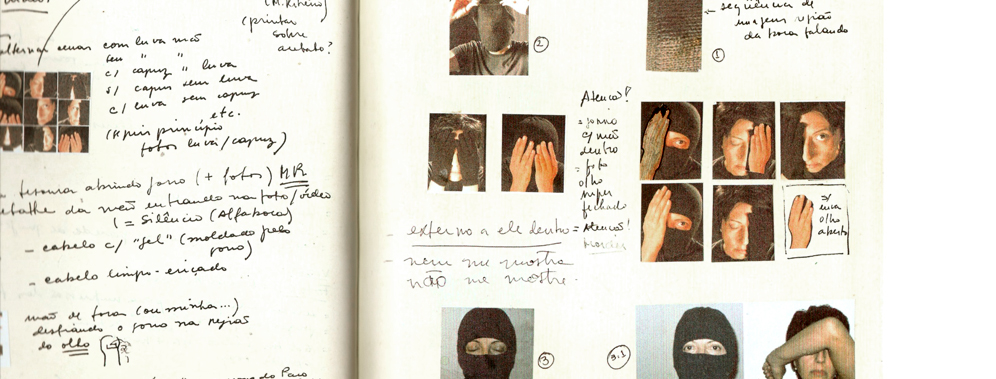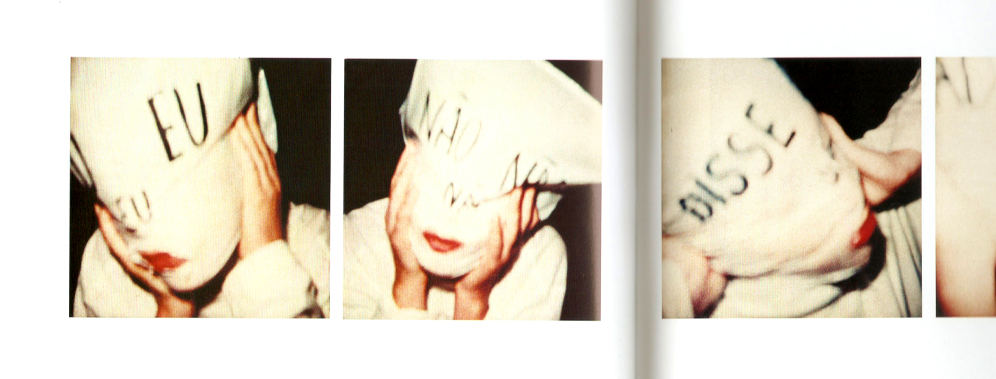PROJECT TITLE
ARTE BRA Barrão
EDITORIAL COORDINATION
- Luiza Mello
- Marisa Mello
DESIGN
Dínamo | Alexsandro Souza
EDITORIAL ASSISTANT
Julia Pombo
IMAGE PROCESSING
Ipsis
COPY EDITING
Duda Costa
ENGLISH VERSION
- Rebecca Atkinson
- Marise Chinetti de Barros
TRANSCRIPTION OF THE INTERVIEW
Julia Pombo
MANAGEMENT
- Marisa Mello
- Arlindo Hartz
ARTE BRA Barrão is the seventh volume of the ARTE BRA collection. This publishing project aims to be as wide-ranging as possible, encompassing the different features of artistic creation in contemporary.
The critical text written specially for this book is by university professor and art critic, Felipe Scovino, who emphasizes the hybrid nature of Barrão’s body of work, straddling the realms of craftwork and technology. He mentions the fact that the artist is virtually self-taught, and engaged actively with the technological, sound, and information developments that marked the 1980s. The critical fortune has texts by Monica Ramires and Jorge Espinho.
In the artist’s notebook, Barrão presents some of his projects in the form of sketches, collages, and notes. When we look at his plans for future works, what immediately stands out is the wittiness of his work.
The interview and the timeline, prepared by researcher Frederico Coelho, can be read together in a single sitting, as each of them provides complementary information for understanding the artist’s trajectory. The people who took part in the interview were Barrão’s friends and partners Luiz Zerbini, Sergio Mekler, Tunga, Sandra Kogut, and the coordinator of this collection, Luiza Mello. The conversation revolved around the soul of the objects and the action of chance in the artist’s working process, which involves assembling new objects from parts of existing pieces. Craftwork is a constant here, and it begins in the quest for and organization of his large collection of objects.
PROJECT TITLE
Andre Komatsu
ORGANIZATION
Jacopo Crivelli Visconti
EDITORIAL COORDINATION
- Luiza Mello
- Marisa S. Mello
DESIGN
Celso Longo
DESIGN ASSISTANT
Felipe Sabatini
PROOFREADING
Duda Costa
TRADUCTION
John Normam
GRAPHIC PRODUCTION
Leandro Costa
IMAGE TREATMENT
Perfecto
PRINTING
Ipsis
The work of André Komatsu distills the experience of a man who goes around the city, picks up its debris, and constructs new functions for these objects that have been doomed to obscurity, waste, rubble, and ruin. The result takes the form of installations, objects, or delicate drawings on pieces of concrete. The book follows Andre Komatsu’s career chronologically. The selected works are organized into themes in order to lay bare the conceptual interrelations between formally distinct works, or else the nuances and differences between works addressing related themes. In fact, although Komatsu’s “style” is quite marked, the coherence of his body of work comes primarily from its social matrix. Discourses about power and more or less latent social conflicts are essentially what constitute the raw material for his sculptures and installations.
PROJECT TITLE
Carlos Vergara – Sudário
EDITORIAL COORDINATION
- Luiza Mello
- Marisa S. Mello
GRAPHIC PROJECT
Dínamo | Alexsandro Souza
TEXTS
- Carlos Vergara
- Cora Rónai
- Luiz Guilherme Vergara
- Renaté Santini
- Jessica Gogan
PROOFREADING
Duda Costa
TRANSCRIPTION
Alex Forman
PRINTING AND
IMAGE TREATMENT
Ipsis
Carlos Vergara a Sudarium is the record of an exhibition of the same name held in two museums designed by Oscar Niemeyer: Museu de Arte Contemporânea de Niterói, in the state of Rio de Janeiro, and Museu da República, in Brasília. A sudarium is a cloth or handkerchief used to wipe away sweat. The most well-known sudarium is the Shroud of Turin, a Christian relic, believed to have been wrapped around the body of Christ. Using one of his hallmark techniques, the monotype, Carlos Vergara imprints on handkerchiefs vestiges of the different lands he has passed through during his career. Since the 1970s, Vergara has made a number of trips on which he has taken natural pigments, handkerchiefs, and cloths to make his monotypes, turning them into singular, dense records of these places. This book features a number of these works, in which the artist brings to our attention some of the most subtle, spiritual, and poetic aspects of reality.
PROJECT TITLE
WMT
ARTIST
Wagner Malta Tavares
EDITORIAL COORDINATION
Luiza Mello
DESIGN
Dínamo | Alexsandro Souza
PRODUCTION
Luisa Hardman
IMAGE PROCESSING
Estudio Matiz
COPY EDITING
Duda Costa
ENGLISH VERSION
John Norman
PROJETO MANAGER
Marisa S. Mello
The book WMT brings together a significant group of works by the artist Wagner Malta Tavares produced between 2000 and 2013 – sculptures, prints, videos, photographs, installations and objects. The first chapter, with unpublished text by José Bento Ferreira, is dedicated to the exhibition Princess’ Perfume, held at Alley Pinto in 2013/2014. Richly illustrated this bilingual publication includes texts by the artist himself and Afonso Luz, Rodrigo Naves, Rafael Campos Rocha, Rodrigo Andrade and still have a conversation with Guy Amado.
PROJECT TITLE
ARTE BRA Eduardo Frota
EDITORIAL COORDINATION
- Luiza Mello
- Marisa Mello
DESIGN
Dínamo | Alexsandro Souza
PRODUCTION ASSISTANT
Luisa Hardman
IMAGE PROCESSING
Trio Studio
COPY EDITING
Duda Costa
TRANSCRIPTION OF THE INTERVIEW
Arlindo Hartz
REVIEW THE TRANSCRIPTION
Julia Pombo
PROOFREADING
Duda Costa
ENGLISH VERSION
- Isadora Gonçalves
- Paul Webb
- Rebecca Atkinson
LEI ROUANET PROJECT
PRODUTION [FORTALEZA/CE]
Luis Carlos Sabadia
Eduardo Frota is the sixth artist to be showcased in the ARTE BRA collection, coordinated by Automatica. The collection features contemporary Brazilian artists, especially those who have been working since the 1980s.
The new critical text is by Marcelo Campos, who, over many conversations with Frota, pieced together the paths he has taken around the country and the main issues his work brings forth. There are also republished texts by art critics Moacir dos Anjos, Agnaldo Farias, and Paulo Herkenhoff. Poet and musician Ricardo Aleixo sums up Frota’s creative process involving spools, after which his poem is named. In the artist’s notebook we can appreciate studies for projects yet to get off the drawing board, including drawings, technical appraisals, and mock-ups.
The interview gives a broader view of the artist’s main proposals over the years, covering everything from his working methods and position within the field of art to his formal and poetic experimentations. Finally, the timeline charts the key events in Eduardo Frota’s career, filling any gaps not covered in the rest of the book.
PROJECT TITLE
ARTE BRA Livia Flores
EDITORIAL COORDINATION
- Luiza Mello
- Marisa Mello
DESIGN
Tecnopop | Alexsandro Souza
PRODUCTION ASSISTANT
Luisa Hardman
IMAGE PROCESSING
- Vijai Patchineelam
- Luiza Baldan
COPY EDITING
Duda Costa
ENGLISH VERSION
Paul Webb
TRANSCRIPTION OF THE INTERVIEW
Julia Pombo
PHOTOGRAPHY
- Beto Felício
- Wilton Montenegro
- Vicente de Mello (Náufrago Series)
- Livia Flores
The artist Livia Flores has her work presented in the fifth launch of the ARTE BRA Collection, which, since 2007, documents the work of contemporary artists working in Brazil since the 1980s. The volumes deeply address the selected works. Bilingual editions are richly illustrated with unprecedented critical text, literary criticism, interviews, chronology and bibliography.
With dynamic language and texts by Tania Rivera, Gloria Ferreira, Adolfo Montejo Navas, Fernando Gerheim and Ricardo Basbaum, ARTE BRA – Livia Flores offers a rich reference material for professionals, students and readers who want to know and deepen this field of contemporary production.
Livia Flores was born in Rio de Janeiro in 1959, and began his artistic production in early 1980s. She is a graduate in Industrial Design (ESDI / UERJ) and studied art at the Academy of Düsseldorf, Germany, between 1984 and 1993. Master’s in Communication and Culture (ECO / UFRJ) and a PhD in Visual Languages (EBA / UFRJ). She currently teaches at the School of Communication and the Graduate Program in Visual Arts (UFRJ). Her work transits between different media and languages as drawing, sculpture and installation, often making use of films or videos.
PROJECT TITLE
Antonio Dias
EDITORIAL PRODUCTION
- Marisa S. Mello
- Luiza Mello
GRAPHIC DESIGN
- Rara Dias
- Paula Delecave
- Ana Carneiro
PHOTOGRAPHY
- Vicente de Mello
- Amalia Violi
- Gabi Carrera
- Daniel Mansur
- Bernhard Schaub
ENGLISH VERSION
Peter Lenny
PROOFREADING
Duda Costa
PRINTING
Ipsis GRÁFICA
The book Antonio Dias presents works developed by the artist in the 1980s and 1990s. With unpublished text by Elisa Byington and Graphic Design by Rara Dias, Paula Delacave and Ana Carneiro, the book features 58 images of works little known from the artist. According to Elisa Byington: “The work presented here form a unique set in the work of Antonio Dias. Emerged as tests, plastic experiments, irreverent games and questions asked by the artist himself in the intimacy of the studio (…). Works that are born without commitment to the final result and could never have reached us. Belong to the creative process and, as such, are endowed with certain unstable materiality , something halfway between the mind of the artist and the viewer’s contemplation, as a vector in this space-suspended indefinitely, where they could have disappeared without a trace.”
PROJECT TITLE
Papel
ARTIST
Carlos Vergara
DESIGN
- Rara Dias
- Paula Delecave
- Ana Carolina Carneiro
TEXTS
- Felipe Scovino
- Juliana Rego Ripoli
PROOFREADING
- Rosalina Gouveia
- Ágata Neves
- Flora Bonatto
ENGLISH VERSION
- Rebecca Atkinson
- Suzanne Browne
PHOTOGRAPH
- Rafael Coelho
- David Zing
- Ivan Cardoso
- Carlos Vergara
Arquivo ATELIÊ Carlos Vergara
Walter Carvalho
GRAPHIC PRODUCTION
- Contafio |
- Aldir Mendes de Souza Filho
PRINTING
Ipsis
CARLOS VERGARA STUDIO
COORDINATION
João Vergara
ADMINISTRATIVE ASSISTANT
Alice Souto
ARTIST’ ASSISTANTS
- Daniel Sobral
- Stefanie Ferraz
ADMINISTRATION A PUBLIC LAW CULTURAL INCENTIVE
Mariana Sobreira – Singularte
ACKNOWLEDGMENTS
- Armando Klabin
- Wolff Klabin
- Alvaro Piquet
- Eduardo Coimbra
- Suzy Muniz
- Toz
- Vera Alencar
- Denise Grinspum
- Paulo Sá
- Geraldo Soares Muniz
- Rafael Busto
- Alessandro Sales
- Inós Vergara
- Fernanda Scalzo
- Rafael Coelho
- Henrique Lott
Carlos Vergara is a book that portrays this artistas relationship with paper, which from the 1960s to the present day has served as background, protagonist, and packaging for his works. This richly illustrated book contains a text by Felipe Scovino about the sculptures made of Corten steel the artist exhibited at Museu do Açude, Rio de Janeiro, in 2013. Scovino sees these sculptures as “outflow” from painting, because they are directly related to two-dimensional thinking. There is also an essay by Juliana Rego Ripoli that investigates Vergara’s artistic process from its conceptual creation to the final results, without seeking out a linear route. She emphasizes the complex web of symbologies and significations that constitute his work, which reaches out beyond the field of art to penetrate the realm of life. The book comes with a multiple by the artist made of paper, which can be assembled to form a sculptural object along the lines of the sculptures shown at Museu do Açude.
“Three sheets of kraft paper, two flat and one corrugated, produce corrugated cardboard. Almost wood. I have worked my whole life with this material, as a base, as a background, as a protagonist, as packaging. (a) Three planes, two tucks, and there you have a standing image creating a place. Images, as Manoel de Barros said, are words that failed us.” Carlos Vergara
PROJECT TITLE
- Festival Performance
- Arte Brasil
ORGANIZATION
Daniela Labra
EDITORIAL COORDINATOR
Mariana Schincariol de Mello
GRAPHIC DESIGN
- Clara Meliande
- Rafael Alves
EDITORIAL ASSISTaNT
Julia Pombo
PHOTOGRAPHY
- Julio Callado
- Camila Goulart
PROOFREADING
Duda Costa
PROJECT MANAGER
Marisa S. Mello
The Performance Art Brazil Festival was a national gathering of artists, curators and researchers of performance art, dedicated to the discussion of their aesthetic developments in the field of visual arts. The event offered in its programming live actions, lectures, videos, films and video installations by artists. The catalog is a photographic and audiovisual recording of the Festival, and also an important theoretical contribution to the artistic field and people interested in the subject. The publication presents texts from Daniela Labra, Bia Medeiros with Corpos Informáticos, Daniela Mattos, Lucio Agra, Marcos Gallon, Orlando Maneschy, Paulo Bruscky, Paulo Reis, Regina Melim, Solon Ribeiro e Yuri Firmeza.
PROJECT TITLE
Angelo Venosa
ARTIST
Angelo Venosa
CURATOR
Ligia Canongia
EDITORIAL COORDINATION
- Luiza Mello
- Marisa S. Mello
DESIGN
- Danowski Design
- Sula Danowski
- Carolina Müller Machado
- Nathalia Lepsch
Angelo Venosa’s online catalogue contains a text by the curator, Ligia Canongia, and pictures of the exhibitions held in Rio de Janeiro (Museu de Arte Moderna), São Paulo (Pinacoteca), Recife (MAMAM), and Belo Horizonte (Palácio das Artes) between 2012 and 2014. This is the biggest solo show by Venosa in his 30-year-long career.
PROJECT TITLE
Relivro
ARTIST
Lenora de Barros
EDITORIAL COORDINATOR
- Lenora de Barros
- Luiza Mello
GRAPHIC DESIGN AND ART
Renaté Zincone
PRODUCTION
Mariana Schincariol de Mello
PROOFREADING
Duda Costa
TRANSLATION
Paul Webb
IMAGING
Retrato Falado
PROJECT MANAGER
Marisa S. Mello
Book published by the exhibition REVÍDEO, of the artist Lenora de Barros, at Oi Futuro Flamengo, Rio de Janeiro in 2010. The show brought together for the first time all the video performances of the artist. It was a retrospective, covering a temporal arc of more than 25 years, with works done since 1984. And the book is characterized by being among a catalog and what can be called the artist’s book, with photos of the show, poetic texts by Lenora, and critical texts, it also presents a biography of the artist and images of other works.

